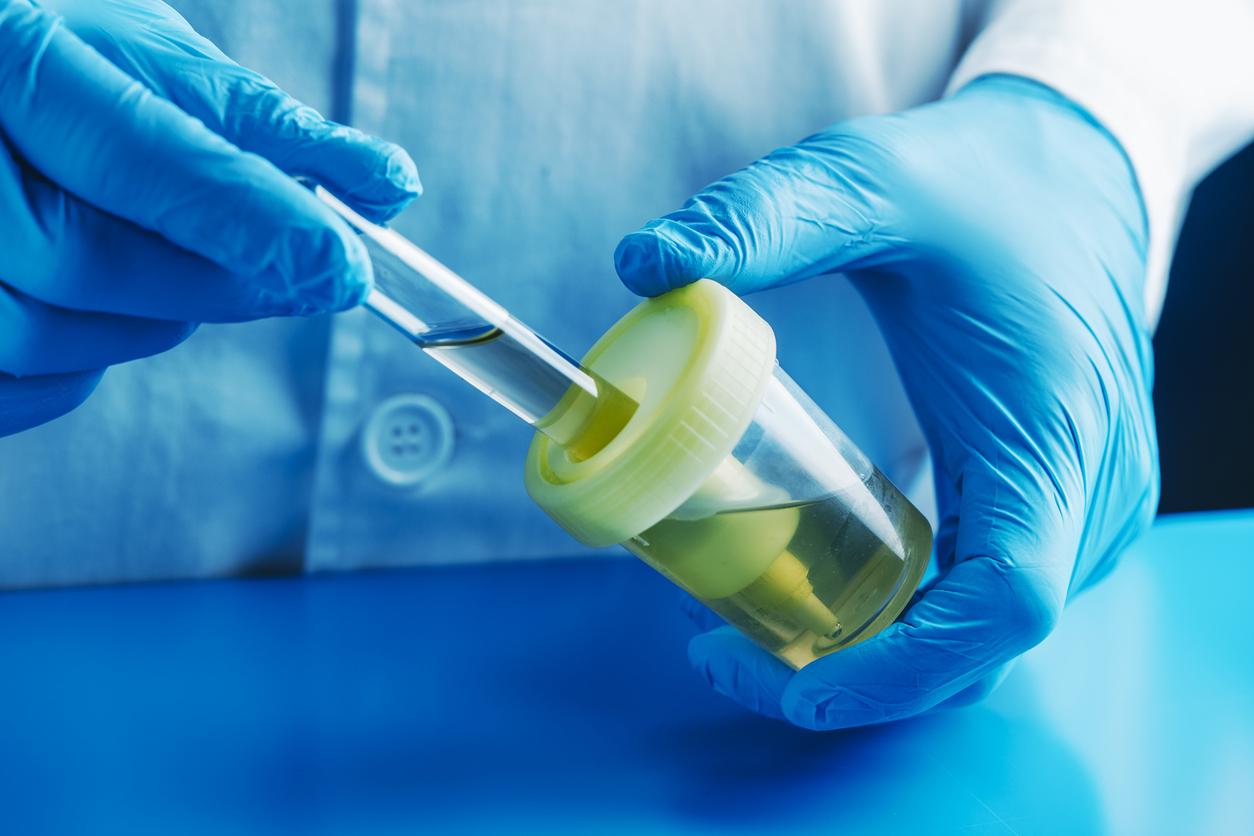Researchers have discovered that antibiotic-resistant bacteria are present in clouds and the atmosphere.

- Researchers have taken atmospheric samples from Puy de Dôme, a volcano in central France.
- They discovered that there were about 8,000 bacteria per milliliter in the atmosphere of clouds.
- Among them, the scientists found 29 antibiotic-resistant gene subtypes.
“These bacteria usually live on leaves or in the soil, explains Florent Rossi, lead author of a study published in the journal Science of The Total Environmentin a communicated. We discovered than bacteria [résistantes aux antibiotiques] were carried by the wind into the atmosphere and that they could travel long distances, and even cross the globe at high altitude thanks to the clouds.“
Cloud samples taken from the atmosphere
During their work, the scientists took samples of the atmosphere in clouds that were above the Puy de Dôme, a volcano located in central France. Then they took them to the lab to analyze them and look for antibiotic resistance genes.
Result: there were between 330 and more than 30,000 bacteria per milliliter of water, for an average of about 8,000 bacteria per milliliter in the atmosphere of the clouds. Among them, the scientists found 29 antibiotic-resistant gene subtypes.
5-50% of bacteria could be potentially active
In 2015, there were 125,000 infections with multidrug-resistant bacteria, according to Public Health France. This phenomenon, called antibiotic resistance, can be defined as the ineffectiveness of antibiotic treatment on the targeted bacterial infection. Thus, the 29 antibiotic resistance gene subtypes discovered by the researchers represent a “major global health issue“, says the study.
Nevertheless, among all these bacteria discovered, only 5 to 50% of these microorganisms could be alive and potentially active. “The atmosphere is very harsh on bacteria, and most of the ones we found were environmental bacteria [c’est-à-dire moins susceptibles d’être nocives pour l’homme], says Florent Rossi. So there is nothing to be afraid of when walking in the rain.“
To find out precisely where these bacteria come from, the researchers suggest in-depth atmospheric monitoring. This would make it possible to locate them but also to “limit their dispersion“, say the authors.
















